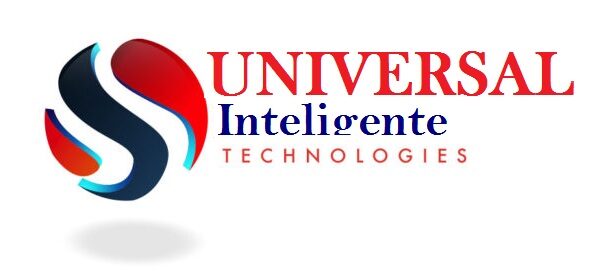The worldwide remote workforce has changed dramatically in size, breadth, and structure since March 2020. More firms than ever before are offering remote-friendly positions, which provide several benefits to both individuals and employers.
However, with such a huge transformation frequently comes its own set of issues, one of which is maintaining high levels of employee engagement. Fortunately, it is not impossible.
This article will teach you all you need to know about the ongoing shift to remote work, how it affects engagement levels, and what your firm can do to avoid the dangers. We’ll go through the following major subjects in detail:
- The Transition to a Remote-Friendly Workforce
- Why is remote employee engagement so important?
- The Four “Es” of Successful Remote Employee Engagement
In many ways, engaging remote employees follow the same employee engagement plans and practices as their on-site counterparts. At the same time, the differences between the two methods should not be disregarded. Are you interested in learning how your organization may sustain high levels of teamwide engagement despite a changing corporate landscape? Let’s start with some background knowledge.
Why does remote employee engagement is essential?
Distant employee engagement is vital for the same reasons that regular employee engagement is—with a special emphasis on the remote part owing to the potential for difficulty in overcoming it.
Keeping all types of employees engaged contributes to the following important benefits:
- Team member productivity is increasing.
- Higher levels of staff retention and lower levels of attrition
- Possibilities for more diversity, equity, and inclusion
- Lower absenteeism levels
- Produced higher-quality goods and services
And if remote employees remain strongly engaged with your firm, you’ll be able to reap the benefits of a remote workforce indefinitely. This includes cheaper overhead expenses, more recruiting flexibility across regional limits, a larger pool of talent, higher levels of profitability, and more.
4 “E’s” of Effective Measuring Employee productivity:
The 4 E”s” of effective Measuring Employee Productivity is:
Encourage interactions that are not related to your job:
Employee engagement might suffer as a result of a lack of casual colleague encounters, which is common among telecommuting teams. Employees who work fully remotely miss out on genuine “water-cooler discussions” that allow them to engage with their peers on a human level.
One of the finest things you can do as a remote working organization to overcome this barrier is to encourage more non-work-specific contact among teams. You could arrange a virtual happy hour, a regular, pleasant lunchtime Zoom gathering, or even an after-hours online quiz night.
Create or expand workplace donating initiatives:
Participation in corporate philanthropy is one of the most important drivers of employee engagement levels. After all, team members are more likely to want to help a firm that they believe is making a great difference in the world.
When these corporations put their workers in charge of their philanthropic initiatives, allowing them to determine which groups the corporation supports, the advantages of corporate giving skyrocket.
The two most prominent instances of this concept are:
Matching gifts: When an employee makes a donation to an eligible nonprofit, their employer agrees to make a matching gift to the same organization.
Volunteer grants: An employee volunteers with an organization on a regular basis (including virtual volunteering), and the corporation provides a specified monetary amount per hour volunteered.
In each of these circumstances, an individual employee has the ability to allocate a portion of their employer’s set-aside corporate giving budget. Jim from the accounting department can get a gift match for his favorite charity (a worldwide health assistance organization), while Eliza from marketing gets a volunteer grant for her hard work at the local animal shelter.
Look into virtual volunteer possibilities:
Corporate volunteering, which builds on the prior notion of corporate philanthropy, may be one of the most effective strategies to develop team relationship growth, establish trust in the employing firm, and raise overall employee engagement levels. Fortunately, in the midst of a virtual-first cultural transformation, many organizations are looking for virtual volunteers.
The first step in developing a virtual volunteer program for your firm is to look for ways to participate. Working as a crisis text or hotline operator, aiding with internet research, providing writing or design assistance, and other opportunities may be available.
Provide your employees with the necessary technologies:
- One of the most important criteria for increasing employee engagement is providing team members with the tools they need to succeed. Keep in mind that these needs might vary greatly depending on whether or not the person in the issue works remotely.
- New technologies are becoming increasingly crucial in the virtual workforce. Whereas a corporation may have historically had team meetings in a shared office space, video conferencing software may now be used to promote continuing and effective communication. As a consequence, selecting the best conferencing platform on which to build your teamwide relationships is critical.

